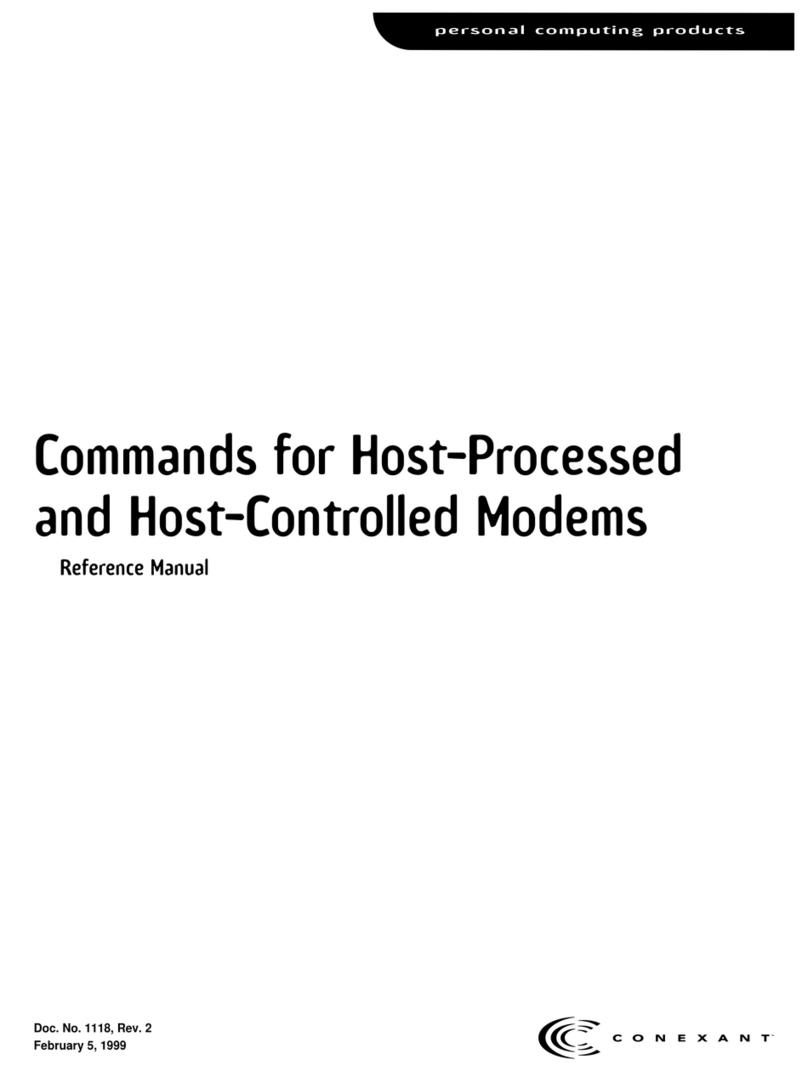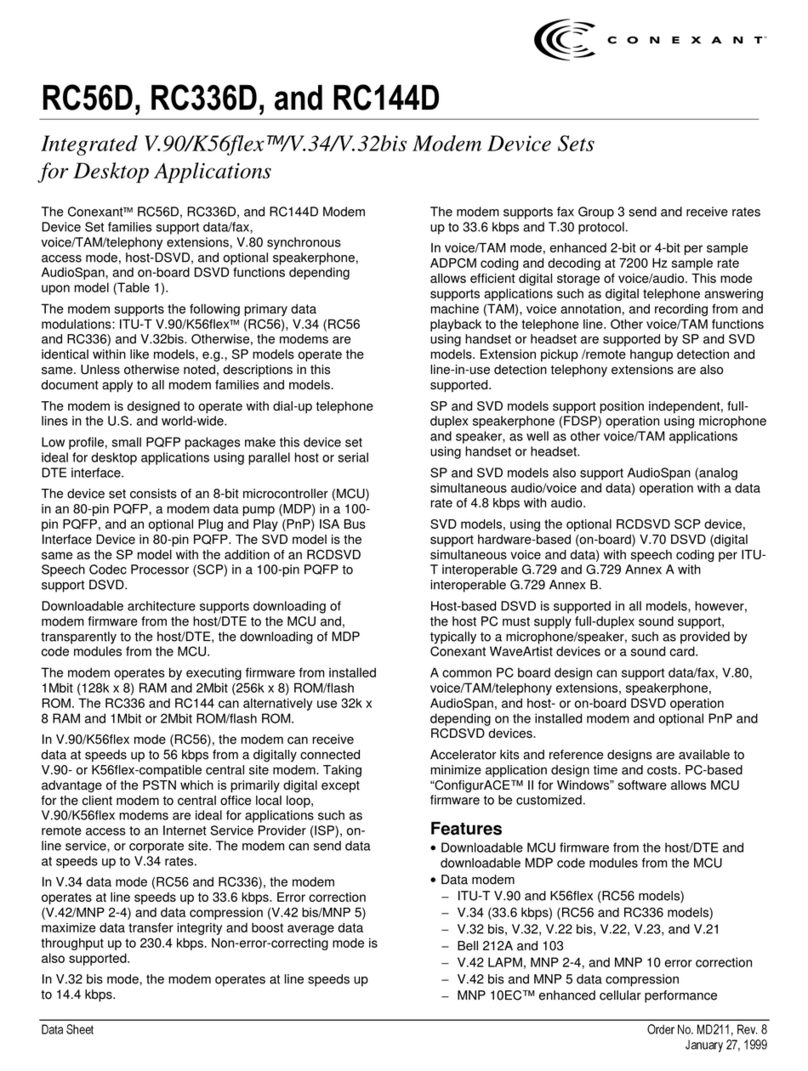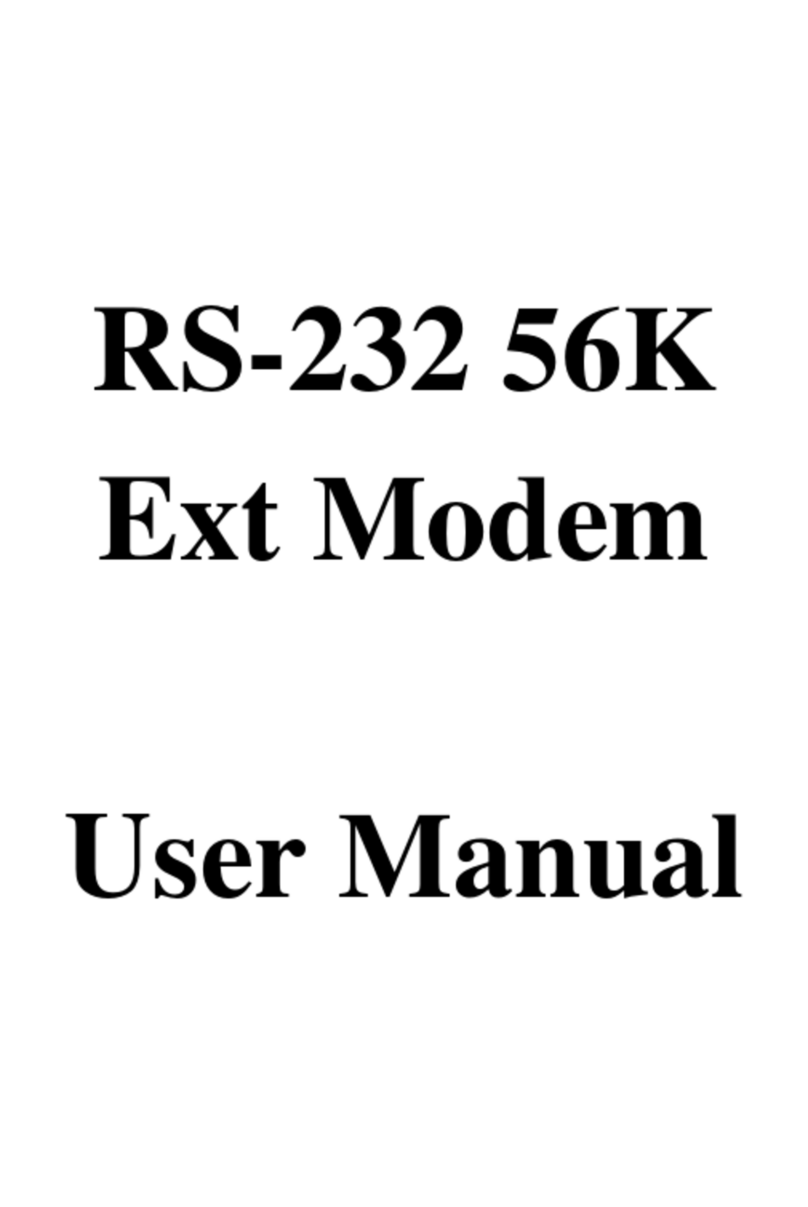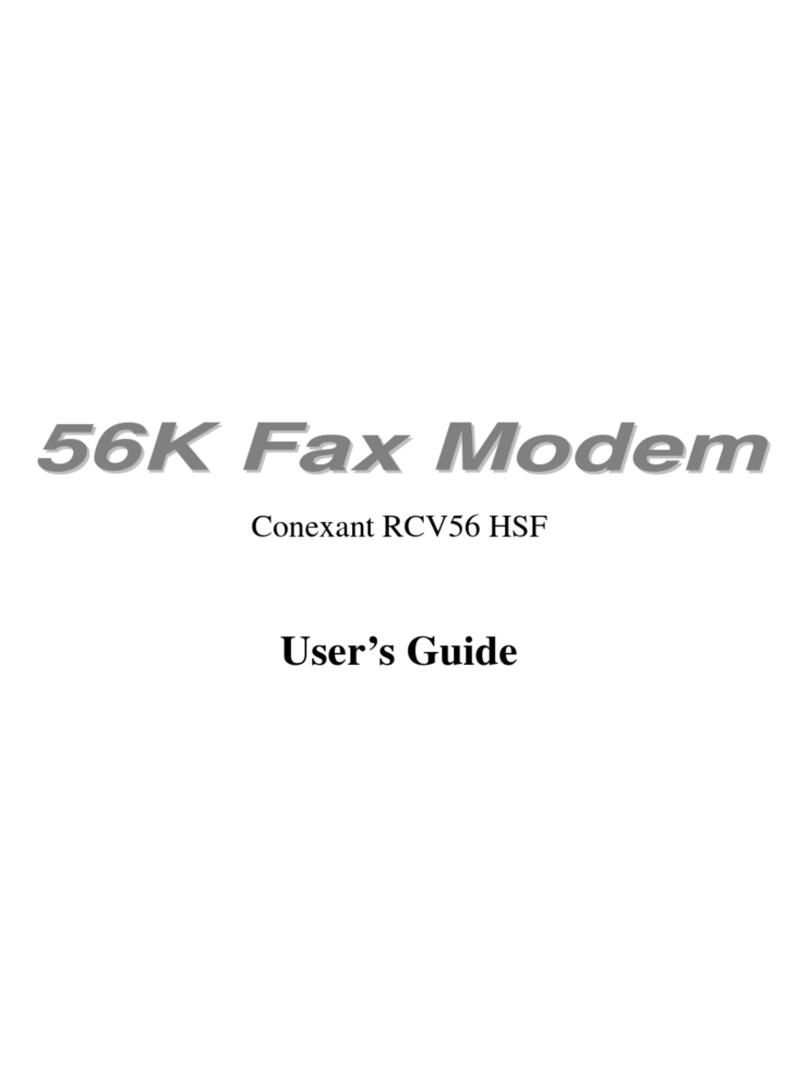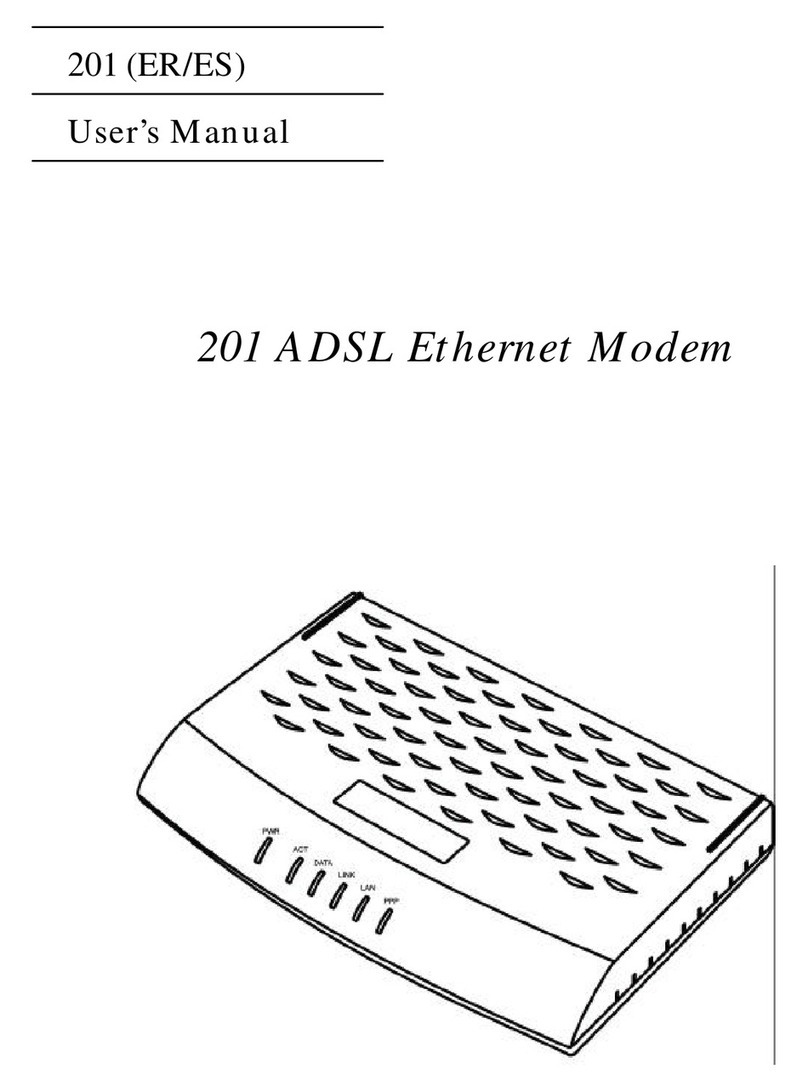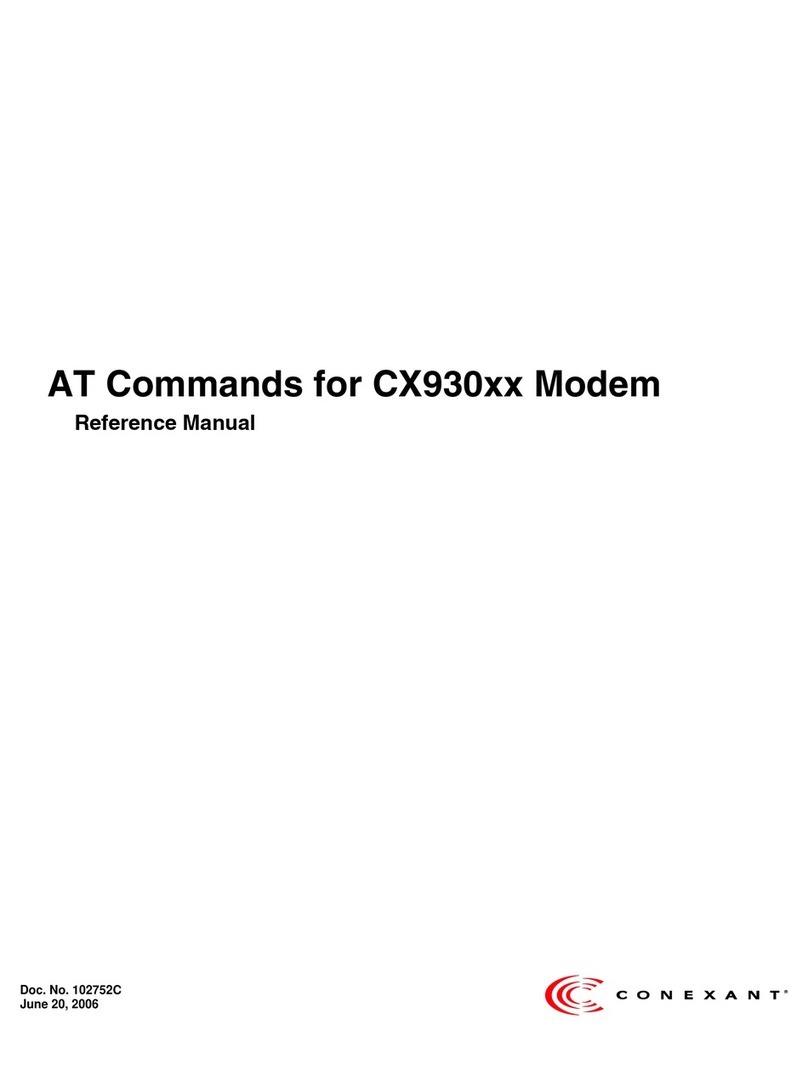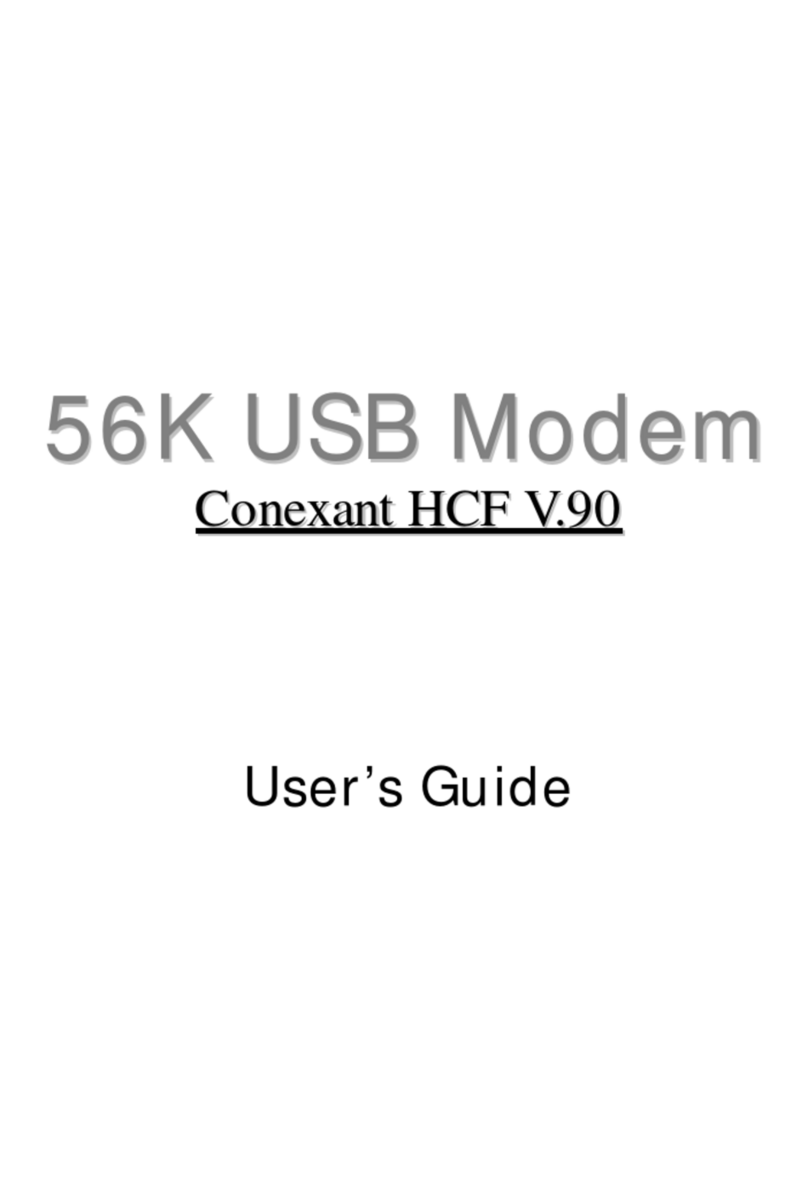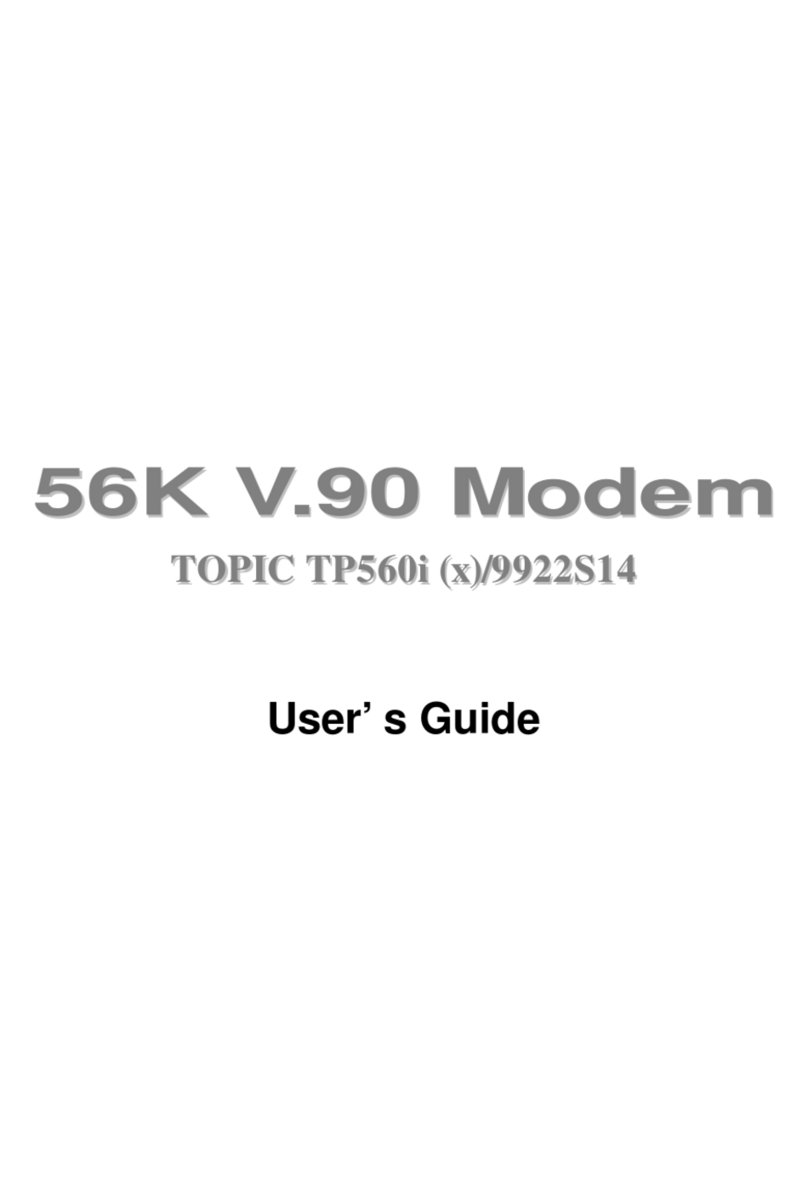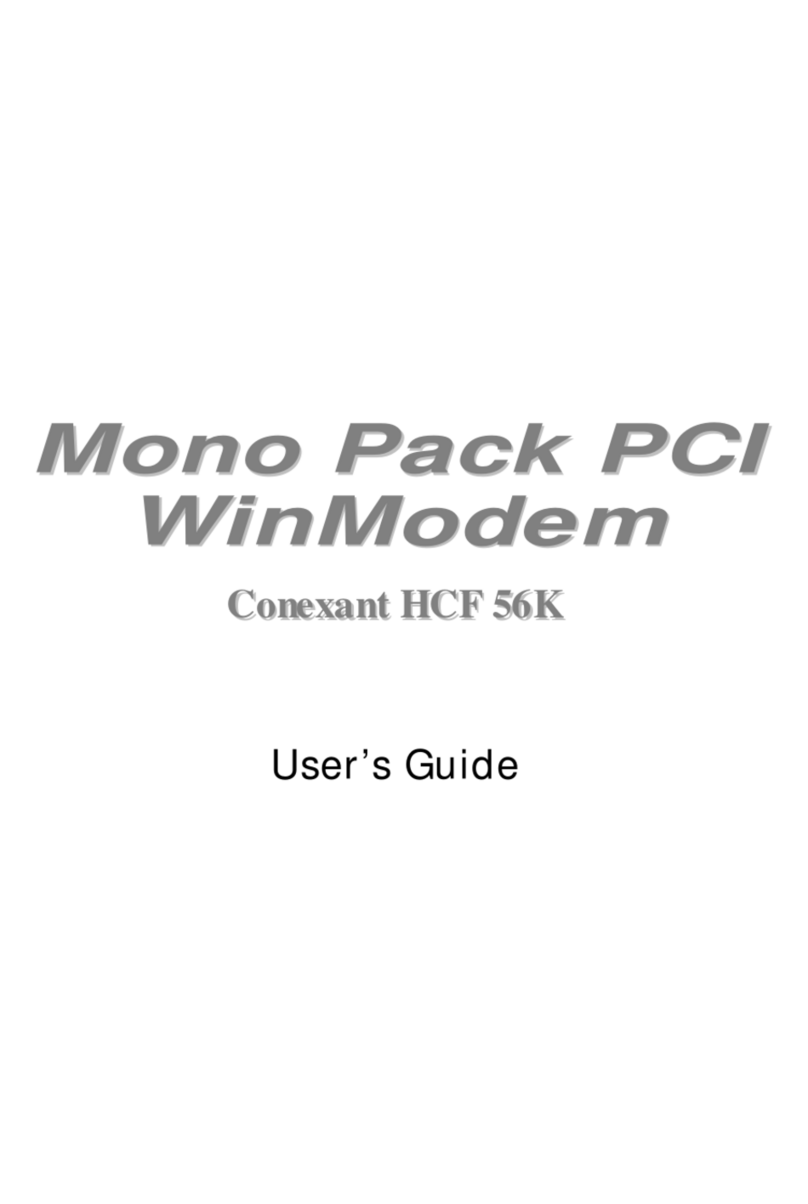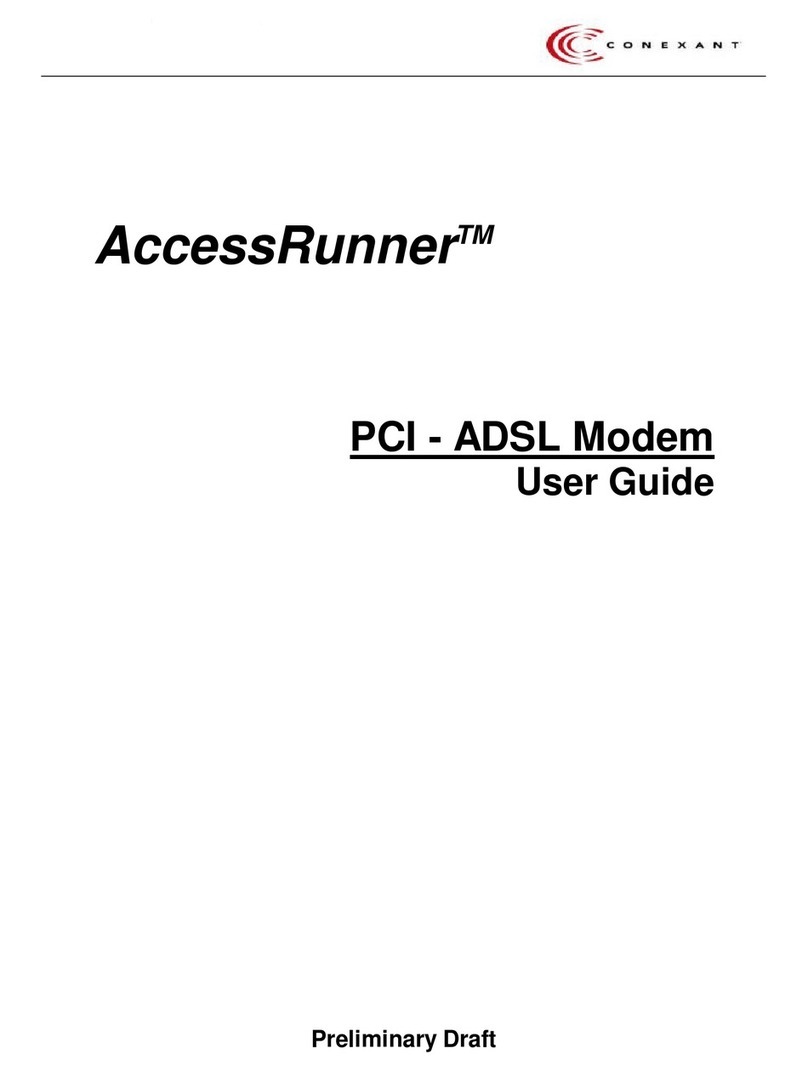
RC56D, RC336D, and RC144D Modem Device Sets Designer’s Guide
iv Conexant 1154
Programmable Inactivity Timer........................................................................................... 2-3
DTE Signal Monitoring (Serial DTE Interface Only)............................................................ 2-4
2.5 ERROR CORRECTION AND DATA COMPRESSION............................................................................. 2-4
V.42 Error Correction.......................................................................................................... 2-4
MNP 2-4 Error Correction................................................................................................... 2-4
V.42 bis Data Compression................................................................................................ 2-4
MNP 5 Data Compression.................................................................................................. 2-4
2.6 MNP 10 DATA THROUGHPUT ENHANCEMENT................................................................................... 2-4
2.7 MNP 10EC™ ENHANCED CELLULAR CONNECTION .......................................................................... 2-4
2.8 FAX CLASS 1 AND FAX CLASS 2 OPERATION .................................................................................... 2-5
2.9 VOICE/AUDIO MODE.............................................................................................................................. 2-5
2.9.1 Online Voice Command Mode................................................................................................... 2-5
2.9.2 Voice Receive Mode.................................................................................................................. 2-5
2.9.3 Voice Transmit Mode................................................................................................................. 2-5
2.9.4 Audio Mode................................................................................................................................ 2-5
2.9.5 Tone Detectors .......................................................................................................................... 2-5
2.9.6 Speakerphone Modes................................................................................................................ 2-5
2.9.7 Sound Card Support Modes....................................................................................................... 2-6
2.10 SIMULTANEOUS AUDIO/VOICE AND DATA (AUDIOSPAN) ................................................................. 2-6
2.10.1 AudioSpan Mode Selection........................................................................................................ 2-6
2.10.2 AudioSpan Audio Interface ........................................................................................................ 2-6
2.10.3 Audio Quality Considerations..................................................................................................... 2-6
2.11 ON-BOARD DSVD MODE........................................................................................................................ 2-6
2.11.1 DSVD Handset Mode................................................................................................................. 2-6
2.11.2 DSVD Headset Mode................................................................................................................. 2-6
2.11.3 DSVD Half-Duplex Speakerphone (HDSP) Mode...................................................................... 2-6
2.12 HOST-BASED DSVD MODE.................................................................................................................... 2-7
2.13 FULL-DUPLEX SPEAKERPHONE (FDSP) MODE.................................................................................. 2-7
2.14 CALLER ID............................................................................................................................................... 2-7
2.15 WORLD CLASS COUNTRY SUPPORT .................................................................................................. 2-7
2.15.1 Dialing........................................................................................................................................ 2-7
2.15.2 Carrier Transmit Level................................................................................................................ 2-7
2.15.3 Calling Tone............................................................................................................................... 2-7
2.15.4 Call Progress Tone Detection.................................................................................................... 2-7
2.15.5 Answer Tone Detection.............................................................................................................. 2-8
2.15.6 Blacklist Parameters .................................................................................................................. 2-8
2.15.7 Relay Control ............................................................................................................................. 2-8
2.16 DIAGNOSTICS......................................................................................................................................... 2-8
2.16.1 Commanded Tests..................................................................................................................... 2-8
2.16.2 Power On Reset Tests............................................................................................................... 2-8
2.17 LOW POWER SLEEP MODE................................................................................................................... 2-8
3. HARDWARE INTERFACE ................................................................................................................................. 3-1
3.1 HARDWARE SIGNALS............................................................................................................................ 3-1
3.2 INTERFACE TIMING AND WAVEFORMS............................................................................................. 3-23
3.2.1 External Memory Bus Timing................................................................................................... 3-23
3.2.2 Parallel Host Bus Timing.......................................................................................................... 3-25
3.2.3 Serial DTE Interface................................................................................................................. 3-27
4. PARALLEL HOST INTERFACE......................................................................................................................... 4-1
4.1 OVERVIEW.............................................................................................................................................. 4-1
4.2 REGISTER SIGNAL DEFINITIONS ......................................................................................................... 4-3
4.2.1 IER - Interrupt Enable Register (Addr = 1, DLAB = 0) ............................................................... 4-3
4.2.2 FCR - FIFO Control Register (Addr = 2, Write Only).................................................................. 4-4
4.2.3 IIR - Interrupt Identifier Register (Addr = 2)................................................................................ 4-5
4.2.4 LCR - Line Control Register (Addr = 3)...................................................................................... 4-6
4.2.5 MCR - Modem Control Register (Addr = 4)................................................................................ 4-7
4.2.6 LSR - Line Status Register (Addr = 5) ....................................................................................... 4-8
4.2.7 MSR - Modem Status Register (Addr = 6) ................................................................................. 4-9
4.2.8 RBR - RX Buffer (Receiver Buffer Register) (Addr = 0, DLAB = 0)............................................ 4-9
